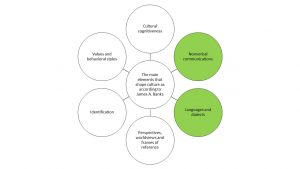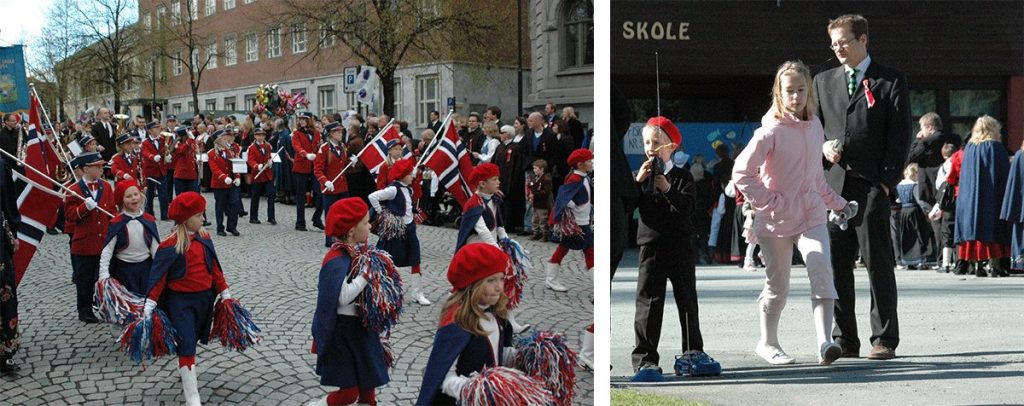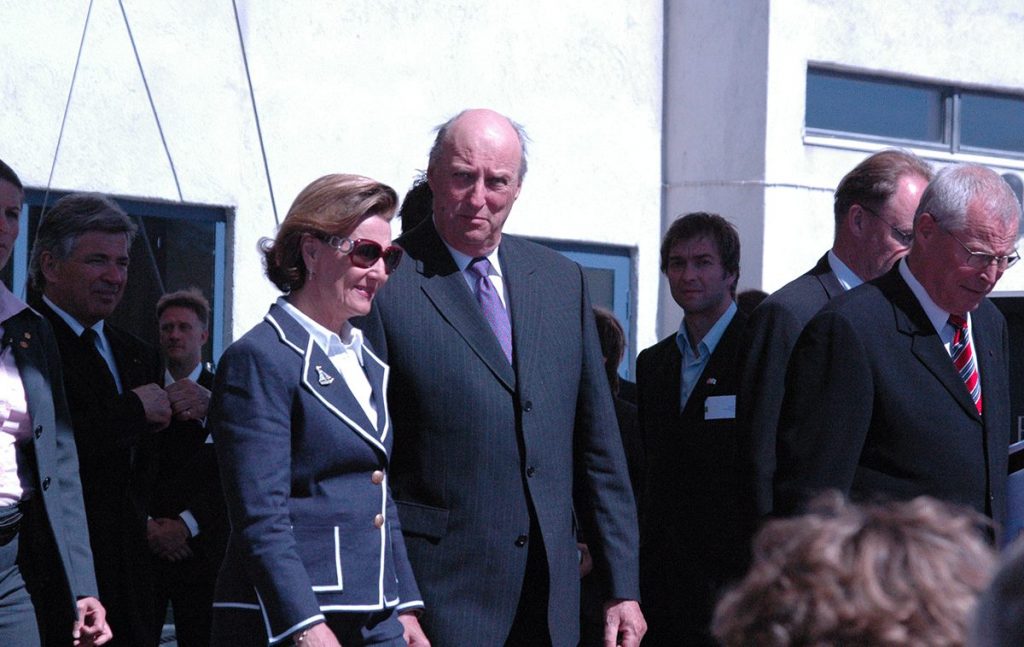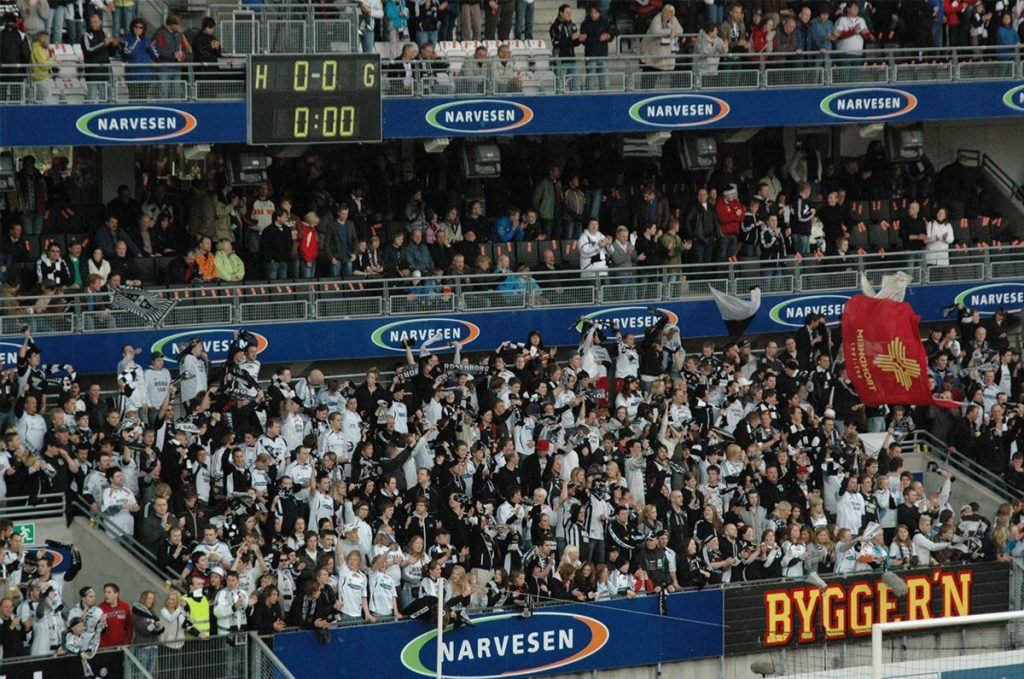Integration Into a New Homeland and a Change of Perspective as a Returnee – “Multilingual Monday Blog Series, Part 10”

This blog series focuses on discussing multilingualism and multiculturalism specifically from four different perspectives: linguistic and cultural repertoire, linguistic and cultural landscape, the connection between language and culture, and the identity of a multilingual person. Blogs will be published once a week on Mondays until May 9, 2022.
Blog 1: Multilingualism and Multiculturalism as a Phenomenon
Blog 2: Linguistic Repertoire From the Perspective of a Multilingual Person
Blog 3: Thoughts on Language and Multilingualism
Blog 4: Connection Between Language, Nonverbal Communication and Culture
Blog 5: Multilingual Life Stories: Humak Interpreting Students as Interviewers
Blog 6: Changes in Language Relations and Responding to Them in Finland
Blog 7: Consideration of Multilingualism in Workplace Communication
Blog 8: Versalite Interpreting for Different Clients and Situations
Blog 9: Multilingualism From the Perspective of Study Counseling
Blog 10: “Cultural Understanding Is the Key to Integration”
I have lived abroad for more than a decade. I lived in Trondheim, Norway for eight years. I moved there with my family when my children were still little. In this blog, I will discuss integration into language and culture through my own experiences, reflecting on the ideas presented by Zita Kóbor-Laitinen and Lena Segler-Heikkilä in previous Multilingual Monday blogs on the role of cultural conventions in the development of multilingualism.
Kóbor-Laitinen writes about how tacit knowledge and practices related to language use have not been written out but are gradually learned through observation. They are best learned by participating in interactive encounters.
Segler-Heikkilä introduces James A. Banks‘s ideas on how learning a new language is linked to learning the practices of the culture in which the language is being used. Language and culture must be understood and learned together as a whole. In her blog post, Segler-Heikkilä described the use of languages and non-verbal communications (image below, green circles) and I will assess my integration process from the perspective of the other elements in the figure.

Identifying With a New Culture Is Like Slowly Falling in Love
Learning Norwegian was very fast for me, as due to my years in Sweden I already knew a Scandinavian language well. However, I deepened my language skills by attending the top level of a Norwegian for Immigrants course because I felt it was important to acquire the formal skills of the language as taught by professionals.
A considerably longer period of time was spent adopting the conventions of the culture and language use (cultural cognitiveness), the perspective, worldview, and frame of reference, as well as the values and behavioral style. Last in the process for me was identifying with Norwegians and Norwegian culture. Identifying is like falling in love with a new homeland, pride in its culture, customs, traditions and successes. Although it has been more than 13 years since I returned to Finland, I identify as bilingual and bicultural.

Language Becomes Richer and More Diverse in Different Contexts and Roles
The adoption of cultural rules takes place in different contexts and roles of language use. In different language use situations, language skills are diversified and vocabulary is enriched. As a father of two children and an expert working for a Norwegian employer, I had many opportunities to learn the language and culture on a daily basis. The number of such opportunities is increased by being active, participating in hobbies, as well as having a growing network of friends in the new home country. Implicit information becomes explicit.
When I think of the different roles of language use, there were many: father, Chair of the school parent council, supporter of the local football club, active volunteer in an association, colleague, expert, friend, salesman, Norwegian exporter, customer, communications professional, party organizer for children’s birthdays or the national day, celebrator, medical client, patient, client of various authorities, voter, consumer of the media, outdoor enthusiast, and even a “subject” of the royals when accompanying them on a state visit.

My Steps Towards a Norwegian Identity
Cultural knowledge deepens in social contexts. I well remember the milestones on my journey towards “Norwegian identity”:
- I understand conversations in the local dialect. I still remember the moment when backseat discussions started making sense to me. It took two months. This was an achievement in itself, as trönderska is also difficult for Norwegians to understand.
- I find that serving a strawberry cream cake at a children’s party is not a good idea. The following year, I baked a chocolate cake and remembered to hand out gift bags to guests. I also learned to sing the Norwegians’ own birthday song (the link opens in a new tab – the birthday song with lyrics is at the beginning of the video right after the intro).
- I laugh at the local sketch comedy. Humor is cultural. It draws on history and cultural archetypes. The uptake of the cultural framework is slow.
- Instead of sandwiches, I start ordering römmegröt and waffles at the ski lodge. Norwegians eat their waffles with sour cream and jam – and I still eat mine like that.
- Based on dialect, I am able tell which part of Norway the people I meet are from. Dialects are an important part of the Norwegian identity. People will hold on to them even if they move away from their home region. This is also the best way to start a conversation at cocktail parties.
- I am one of hundreds of outdoor enthusiasts on a sunny winter day at a ski lodge and I understand what solvegg means to a Norwegian. I think it is the most beautiful word in Norwegian. That is something many Norwegians agree with and go look for especially during the Easter holidays.
- I realize that it is not worth staying at work during the Christmas break or Easter.
- I am elected Chair of the school’s parent council and I plan a party for the national day.
- I participate equally in quizzes and beat my friend at the Norwegian edition of Trivial Pursuit.
- I am fluent in talking about so-called useless celebrities, I can list the winners of The Farm. Se og Hör (Norwegian gossip magazine) is not Greek to me. This is something that quickly evaporates from the cultural frame of reference once moved out of the country.
- I know the hottest derbies in the football league, I know RBK’s most memorable achievements and the bitterest losses, and I know some of the fans’ chants by heart.
- I find myself enjoying Norwegian Christmas food and I know what ingredients an authentic Norwegian lutefisk dinner consists of.
- I know the three main topics of small talk: the weather, the other speaker’s dialect and home town, as well as football.

Humor, general knowledge, following current affairs and knowledge of history are the keys to a new identity. It is important to quickly become acquainted with different language use situations and to enrich one’s vocabulary. In retrospect, one of the most important things was subscribing to a local newspaper. Adresseavisen dropped into my mailbox in the first week in my new home country.
Multilingualism and Multiculturalism Are Valuable Social Capital
Still 13 years after returning to Finland, I feel partly Norwegian. I follow the Norwegian media every day, read Norwegian literature in the original language and watch programs without subtitles.
I feel like I am bilingual and a representative of two cultures. My spiritual landscape is a Norwegian open fjord landscape that I miss almost every day. I also miss simple everyday situations and discovering something new. Living in another culture is a journey of exploration into one’s own self through another culture.

The perspective on one’s own homeland and culture also changes after return migration. Society, its activities and services, and social situations are seen differently than before. Things can be done and arranged differently. For example, I have looked at the current discussions about Finland’s health and social services reform and occupational health through very different glasses than many of my friends.
If you have the opportunity to spend a longer time abroad, for example as an exchange student or a posted worker, take that opportunity. Travel broadens the mind, but living elsewhere remains part of your identity. Even though I left Norway, Norway will never leave me. Jeg er glad i Norge og nordmenn!
Text and photos: Jarmo Röksä, Communications Manager, Humak University of Applied Sciences, 9.5.2022
Translation: Mari Ervasti

